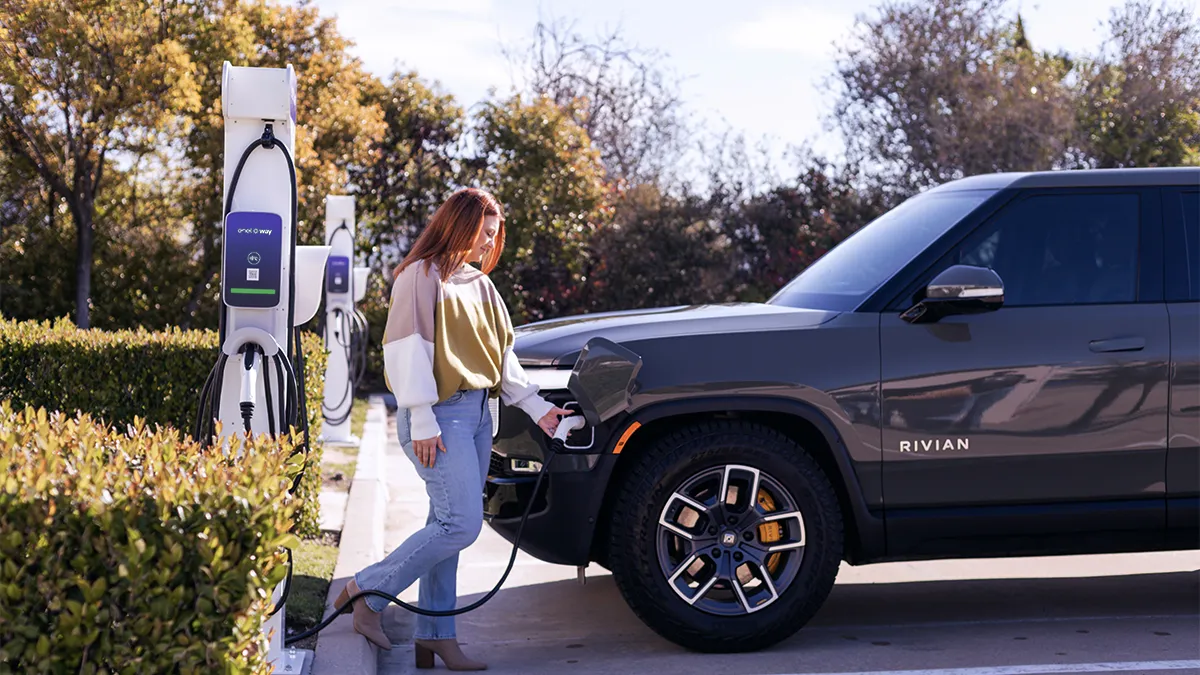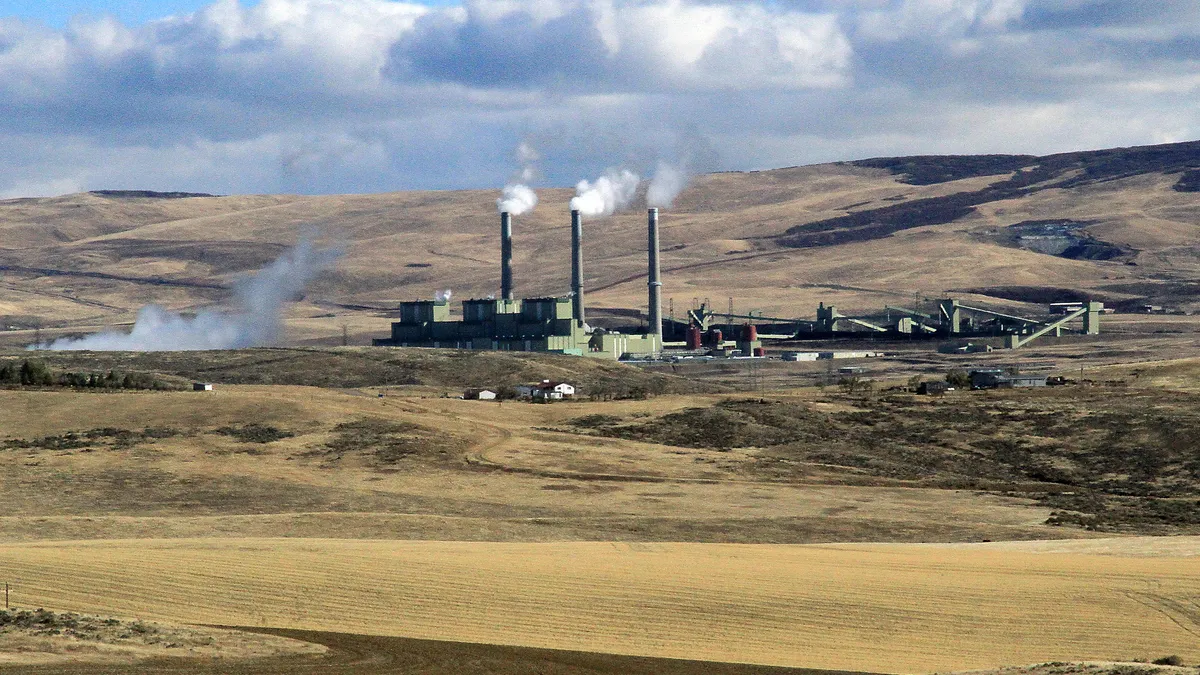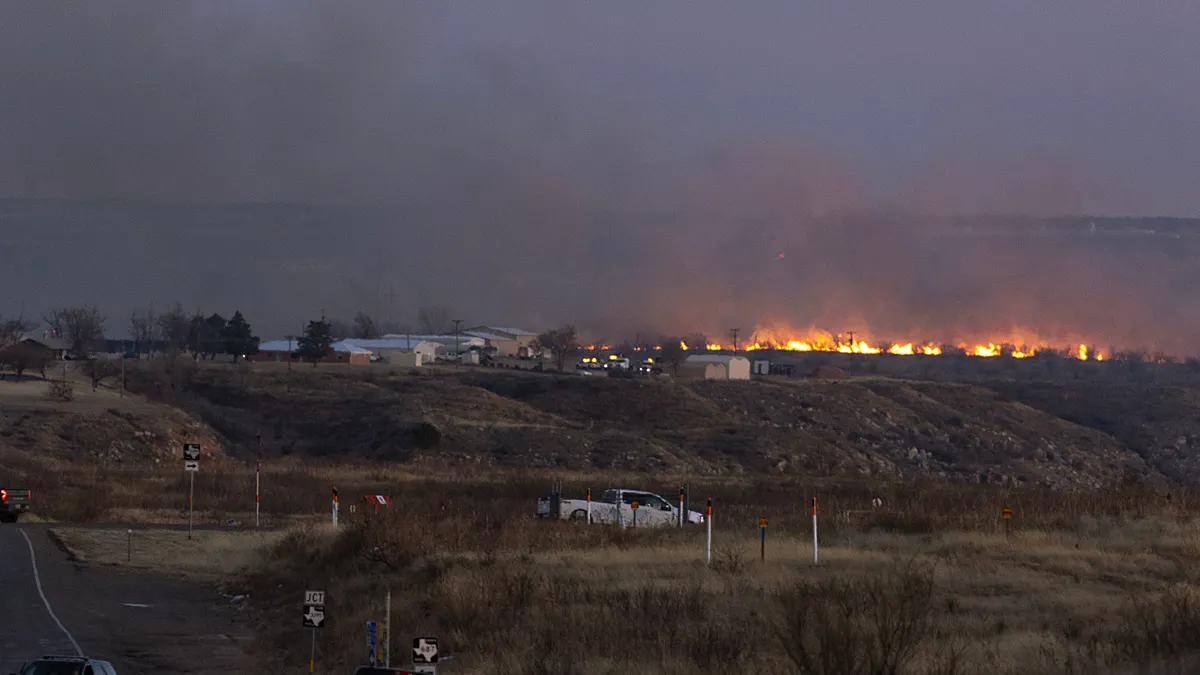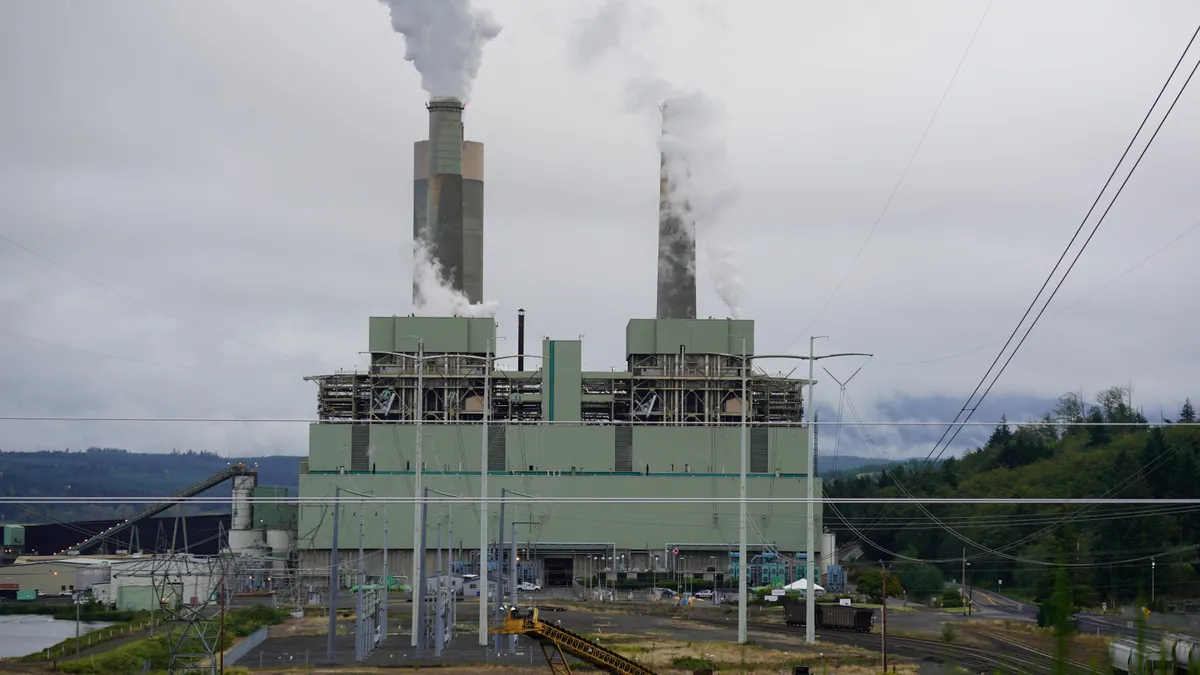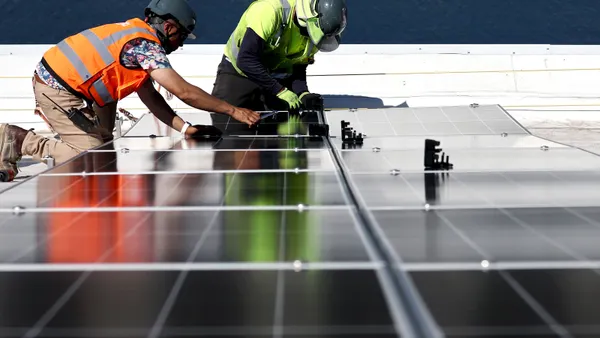Chris Baker is head of Enel X Way North America.
Earlier this year, the Environmental Protection Agency announced new proposed vehicle emissions standards that, if implemented, are projected to result in electric vehicles making up 67% of new light-duty vehicle sales by 2032. Widely considered the EPA’s toughest emissions requirements yet, the news prompted a range of reactions and questions, with one question standing out to me: Is our electric grid ready to support mainstream EV adoption?
It’s a fair ask, especially given that the frequency of major power outages in the U.S. increased by 67% from 2000 to 2020 and is expected to continue to rise. There’s no doubt the electric grid needs upgrades – not just to put more EVs on our roadways, but generally to meet the evolving electricity needs of our growing population and support the larger energy transition. But my response to “Is the grid ready?” flips the question on its head by asking to what extent EVs can and will support the electric grid. The answer? It depends on how much and how quickly we’re willing to modernize our country’s energy infrastructure.
The U.S. has already passed the tipping point for mass EV adoption, proving that the future of transportation is electric. Creating an energy ecosystem that maximizes EVs’ potential to strengthen the grid will require hard work, planning and collaboration among stakeholders — especially given the added challenges caused by extreme weather and aging infrastructure. But it’s the only viable path forward. We can’t let fear of a challenge discourage progress.
Grid modernization
Where to start? The first step is to modernize the grid. According to the White House, over 70% of the U.S. electricity grid is more than 25 years old. And while 25 might not sound old, we must consider how much our energy ecosystem has changed in the past 25 years.
The onset of the digital age and society’s reliance on technology and constant connectivity has increased our overall electricity consumption. Just last year, the total U.S. electricity consumption was the highest ever recorded and 14 times greater than our electricity use in 1950. On top of that, the U.S. population is on a rapid growth trajectory, growing nearly 18% from 2000 to 2020, with that number only expected to rise.
And while day-to-day demand has evolved significantly, our energy infrastructure hasn’t. Before we can achieve full electric mobility, we must create an environment where EVs can thrive by making long-overdue infrastructure upgrades, such as investing in the build-out of our energy transmission system, building digital smart grids, and deploying flexible technologies to better utilize existing power networks by optimizing grid supply and demand.
Smart charging flexibility to increase grid resiliency
It's important to mention that while grid improvements are underway, we can maintain the current level of EV momentum without increasing the risk of blackouts by leveraging managed or smart EV charging. As the name suggests, smart charging is managed in a way that can effectively improve grid flexibility and decrease the risk of outages.
In instances where there is typically a longer dwell time for EV charging, like at homes, multifamily communities and workplaces, smart charging can provide grid flexibility by optimizing charge times to align with grid conditions and prioritize the use of renewable energy. This means charging automatically takes place during off-peak times when energy demand is lowest and prices are cheapest, offering much-needed relief for the electric grid and EV owners’ wallets alike.
To further promote off-peak charging, many utilities nationwide have introduced opt-in programs with lower energy rates for EV owners. This pricing structure, commonly referred to as time-of-use, differs from conventional flat-rate models by incentivizing customers to consume energy when demand and costs are lowest, which for EV owners, means more opportunities to save.
Maximizing the power of energy storage
In use cases where dwell time is shorter, like at a public fast-charging station along a highway corridor, the amount of grid flexibility smart charging can provide is limited. That’s where energy storage comes into play.
When integrated with energy storage capabilities, EV fast chargers can offer grid flexibility while continuing to charge during peak demand periods using stored energy. Take solar-plus-storage, for example. By using solar to power a battery-integrated EV fast charger, excess solar energy can be stored for future use to avoid relying on the grid when the sun isn’t shining or demand is high. This ability to combine smart charging with energy storage technologies and offer grid flexibility is key to maintaining EV momentum while we’re in the process of upgrading the grid.
Looking ahead, after we’ve modernized our energy infrastructure we can start looking to EVs to supplement the grid. Coming from an energy storage background, I often refer to EVs as “batteries on wheels.” This is because EV batteries can store excess electricity that can be tapped into when energy demand is high and, in some cases, can even supply stored electricity back to the grid when needed, a process known as vehicle-to-grid, or V2G, charging. However, while the outlook for V2G is exciting, to fully maximize its potential, we must first upgrade our energy infrastructure to accommodate the bidirectional flow of electricity between the grid and EVs.
Collaboration is key
While the pathway to realizing the potential of EVs is clear, none of this is possible without collaboration. Key stakeholders, such as utilities, regulators, automakers, charging network operators and governments, must collaboratively develop standards and implement policies that incentivize flexible smart charging.
By leveraging the energy storage capabilities of EV batteries and upgrading our energy infrastructure, EVs can and will play a vital role in strengthening our energy ecosystem. With continued collaboration, we can build a flexible grid that maximizes the power of EVs and supports the clean energy transition, propelling us toward a more resilient future.


